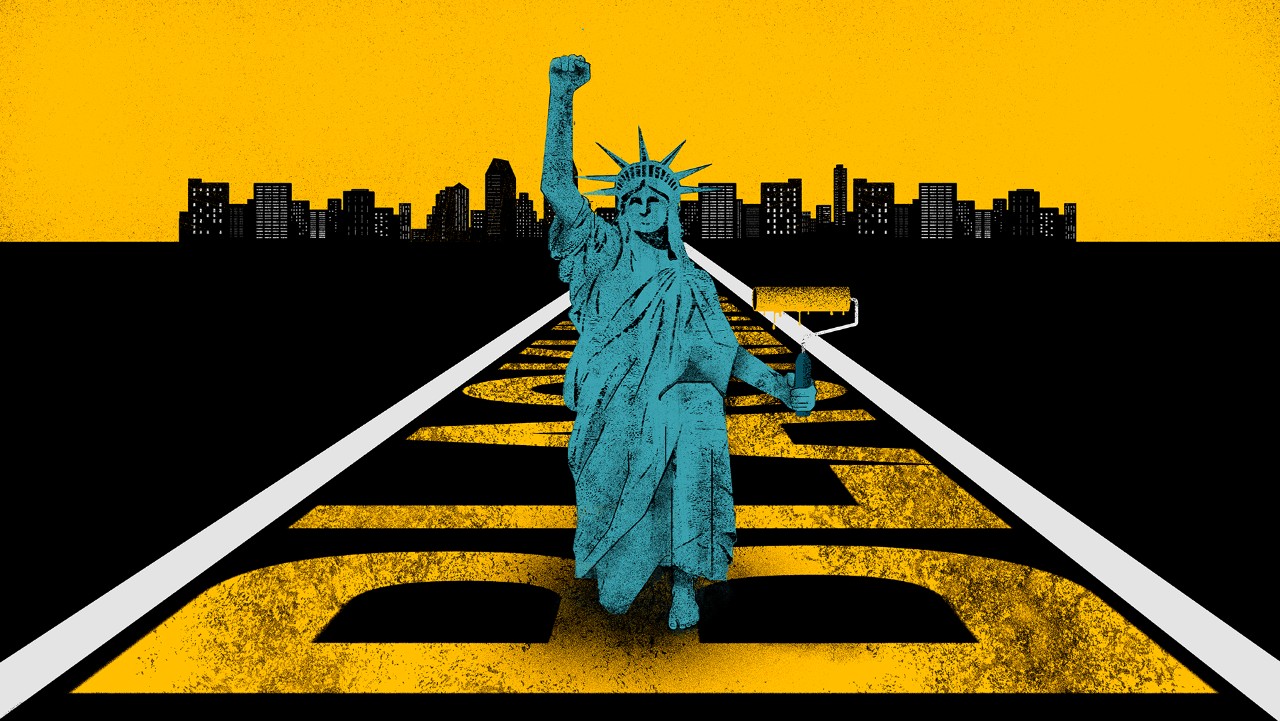Cities may never be the same. The coronavirus pandemic has killed hundreds of thousands around the world, infected millions, and left tens of millions more unemployed. The worst devastation, especially in the United States and developing countries, has been in poor neighborhoods where housing is crowded, unemployment high, and access to quality healthcare limited. Many people are voting with their feet. Our survey of 1,100 Americans found that two percent of respondents have permanently or temporarily relocated because of COVID-19, while another 14 percent are planning to relocate or leaning toward doing so. More than 20 percent of urban respondents plan to or have moved.
Mass protests against racism targeted at blacks and police brutality have erupted across the US and found an echo in many cities around the world. They have increased the urgency and the need to address entrenched inequality and reaffirm the value of black lives. Change won’t be easy, but the Oliver Wyman Forum believes that working together we can rebuild our cities and our society.
Many have been seeing inequality worsen and people leaving well before the pandemic hit. New York lost more than 100,000 people to the suburbs and other cities over the past three years while Chicago has experienced a slower but longer decline. The city of Paris lost an average of 11,900 people a year between 2011 and 2016, with some forecasts predicting the decline will continue to 2025. Seoul’s population has fallen below 10 million as residents move to Incheon or Sejong.
The coronavirus threatens to accelerate this trend, especially in the US. According to a recent Oliver Wyman Forum survey, 31 percent of Americans in urban areas say the pandemic has changed their views on where they choose to live – twice the rate of those in suburban or rural areas. And 27 percent of urban-dwellers who rent their homes say they are considering relocating or have already done so. Respondents who were younger and wealthier were the most receptive to moving.
Commuting to and from places of work is its own, and potentially bigger, challenge: Our survey found that a significant proportion of American mass transit users won’t be comfortable returning after stay-at-home orders are lifted unless social distancing is enforced. This comes despite pronouncements and intense actions from transit authorities about the health and safety of subways, trains, and buses. That will be a tall order for many oft-crowded transit systems and creates a massive problem for cities, as much of the appeal in living in large metro areas revolves around the ease-of-access in moving within a city with public transit.
Historically, cities bounce back after epidemics. But as they consider the road ahead, they need to help people feel safe – and respond to the real demands of their residents. American respondents to our survey had clear priorities for the services they want their localities to provide.
What are the top services that should be available post-COVID?
Percentage of US respondents selecting factors within their top three.
Cities can’t expect to return to the pre-crisis status quo. They need to aim higher. That means addressing the damage and disparities laid bare by the coronavirus and preparing for accelerated technological change and disruption. And they must do so in the worst economic downturn since the Great Depression. That will require innovation, agility, and collaboration across several areas. |
1. Restore the Public Health Infrastructure |

Thomas Malone
MIT Sloan School of Management professor
"Cities need to think about what kinds of entertainment or cultural experience or public art or whatever it is that’s going to make it worthwhile for people to live there."

